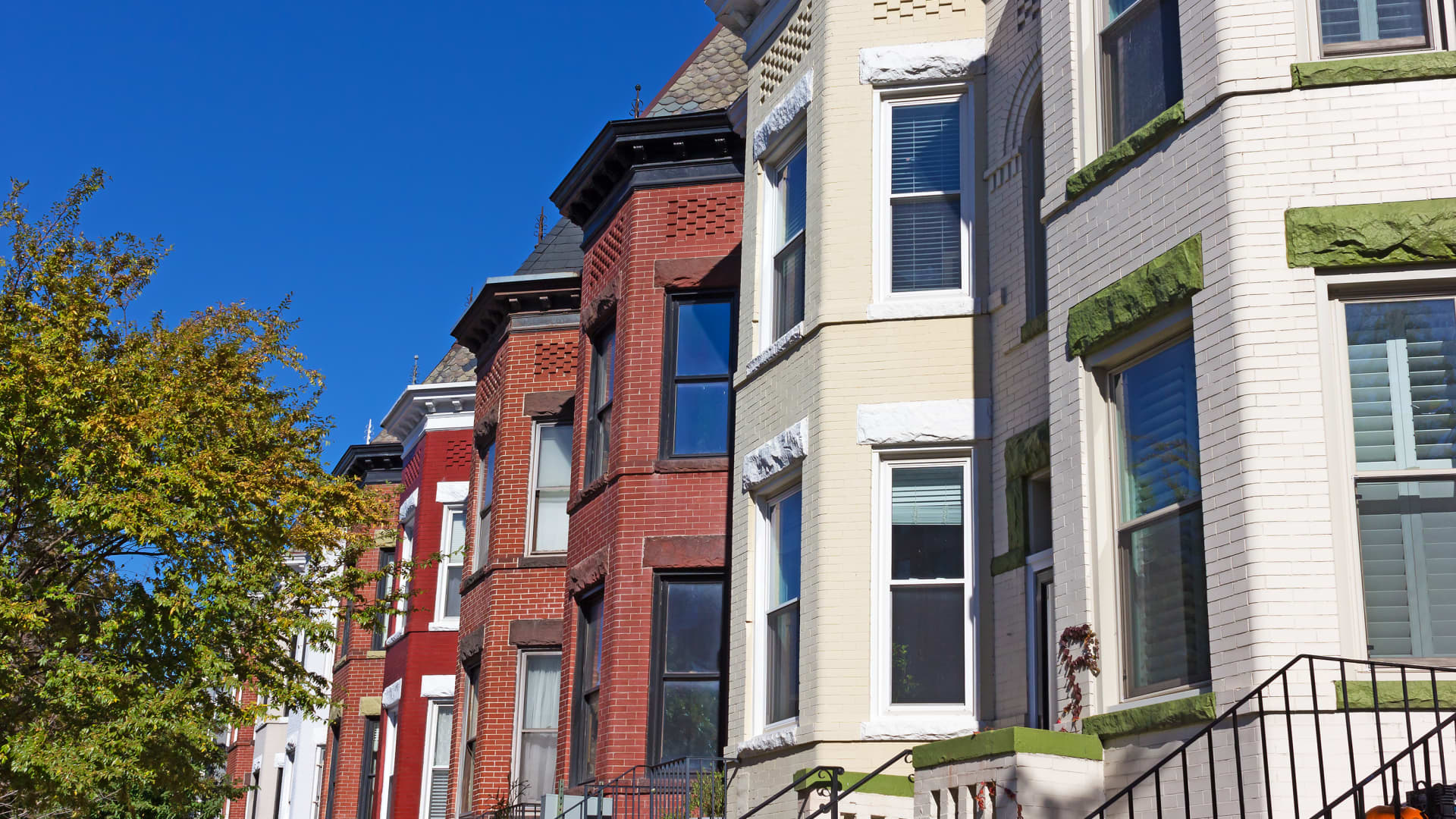One strategist has told CNBC why she thinks it’s still a “relatively good environment” to borrow money, including mortgages, despite rising interest rates.
Kristina Hooper, chief global market strategist at Invesco, told CNBC’s “Squawk Box Europe” on Friday that although borrowers may have experienced some “whiplash” in seeing mortgage rates go up around 2%, there were still reasons to be optimistic.
“We’re living in a very low rate environment, and I suspect when the Fed finishes with its tightening cycle, we’ll still be in a very low rate environment relative to history,” she said.
To demonstrate this, Hooper recalled her own experience of buying a “starter home” with her husband as newlyweds in 1996.
She said that the bank lending officer they met with gave them a plastic mortgage calculator, which was essentially a “sliding scale” that showed what the repayments would be for every $1,000 they borrowed, depending on the interest rate. The scale ran from 6% to 20%. Hooper said this reflected the range in interest rates for the last several decades.
“I’ve held onto it because it was such a vestige of the past and reminded me of history,” Hooper said, adding that her parents had a mortgage rate of 13% in 1981.
At the same time, Hooper acknowledged that rising levels of debt might make this cycle of rising interest rates feel higher for some people. The Federal Reserve raised interest rates by half a percentage point earlier in May, pushing the federal funds rate to between 0.75%-1%.
Data released by Experian in April showed that overall debt levels in the U.S. had risen 5.4% to $15.3 trillion in the third quarter of 2021 from the previous year. Mortgage debt was up 7.6% in the third quarter of 2021 to $10.3 trillion, up from $9.6 trillion in 2020.
Hooper said that “for those who have fixed rates that’s wonderful and luckily we don’t have the kind of mortgage products we had prior to the global financial crisis, where there was a resetting that went on after a few years and many couldn’t afford their mortgages.”
“So that’s certainly the good news, but for those with variable rates, for those who are still out there buying, even though rates are a lot higher, it’s going to feel a lot less affordable,” she added.
The Mortgage Banker Association’s seasonally adjusted index showed that in April demand for adjustable-rate mortgages (ARMs) had doubled to 9% from three months earlier.
ARMs tend to offer lower interest rates, but are considered slightly riskier than a 30-year fixed rate mortgage. ARMs can be fixed at for terms like five, seven or 10 years, but they do adjust once the term is up to the current market rate.
— CNBC’s Diana Olick contributed to this report.
